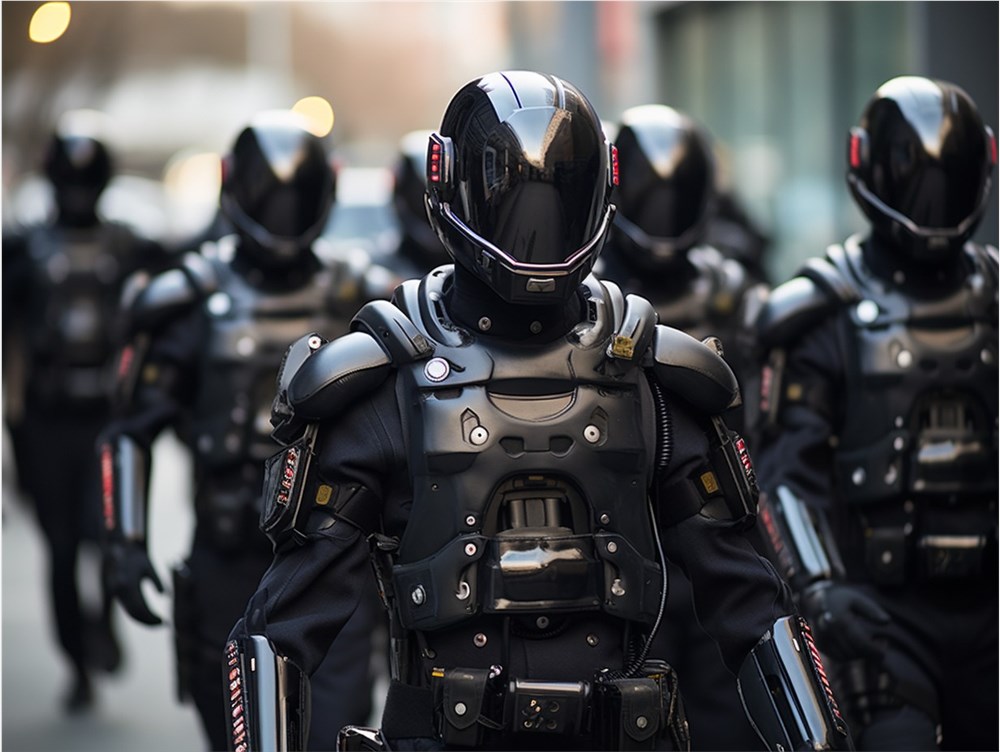OpenAI, the parent company of ChatGPT, is planning to enter the field of military robots, which has attracted widespread attention in the industry. Although OpenAI has closed its robotics department, it has recently invested in robotics companies such as Figure, 1X and Physical Intelligence to actively deploy the robotics industry chain. This is closely related to OpenAI’s latest model O3 surpassing human level in the AGI test. The powerful AI technology provides a solid technical foundation for its entry into the field of physical robots.
According to technology media The Information, ChatGPT developer OpenAI is exploring the development of its own humanoid robot.
Although OpenAI closed its robotics department in 2021, the company has actively deployed the robotics field through investment in recent years. Currently, OpenAI has invested in three robotics companies: Figure, 1X and Physical Intelligence. Among them, Figure AI, founded in 2020, focuses on autonomous general-purpose humanoid robots, and its latest product Figure02 has been put into use in the warehouse field.

It is worth noting that OpenAI’s recently released flagship model O3 has reached new highs in reasoning and understanding, surpassing human levels for the first time in the AGI test. These AI technology advantages provide strong support for its entry into the field of physical robots. Currently, the three robot companies invested by OpenAI all use vision, speech and graphics neural network systems based on the GPT series.
However, industry insiders point out that OpenAI may face many challenges if it officially enters robot research and development. In addition to the need to catch up in a highly competitive market, there may also be conflicts of interest with existing investment companies. In addition, there are significant differences between hardware manufacturing and software development, and the synergy between the two remains to be verified.
If OpenAI does restart its robotics department, it is expected that it will need to quickly make up for its hardware R&D shortcomings through high-value acquisitions and other methods. Considering the impact the company's open API had on the industry last year, its entry into the robotics field may bring new variables to the entire industry ecosystem.
OpenAI’s entry into the field of robotics is both an opportunity and a challenge. Its powerful AI technology advantages cannot be ignored, but neither can the pressure of hardware research and development and market competition. The future development trend deserves continued attention, which will have a profound impact on the entire robot industry.